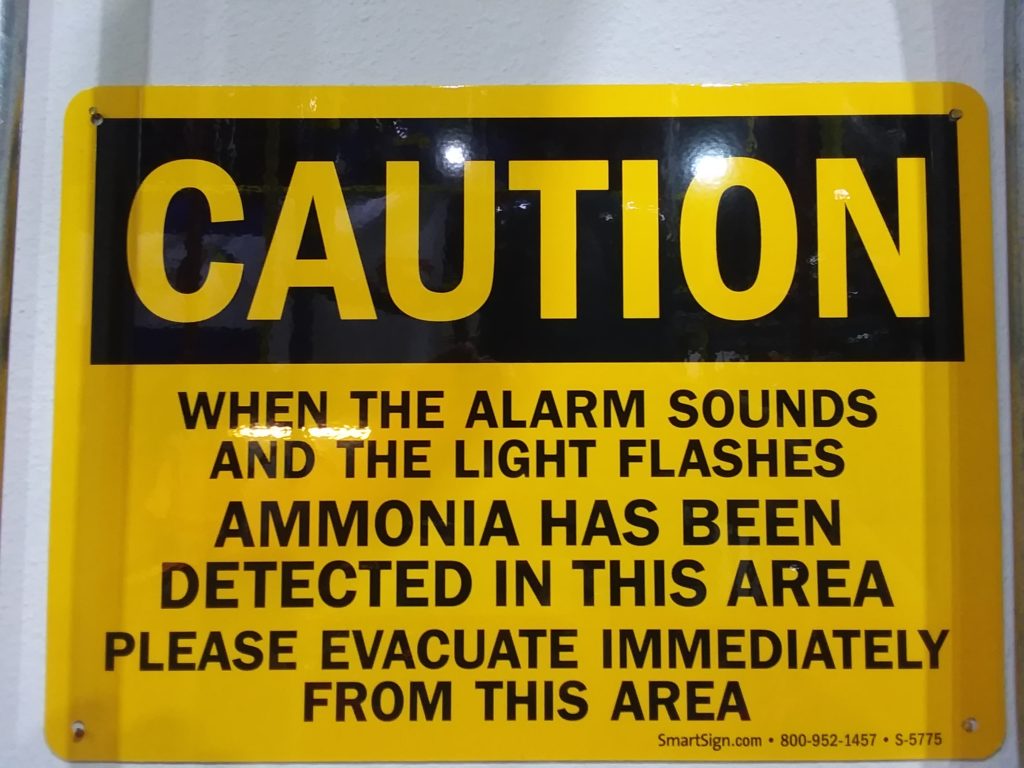There is not a PSM class that goes by that we are not asked, “How many ammonia sensors do I need in my engine room?”
Let’s begin from a regulatory view and later from RAGAGEP. OSHA and EPA give us slight guidance within the law itself within the PHA element.
{Engineering and administrative controls applicable such as appropriate application of detection methodologies to provide early warning of releases. (Acceptable detection methods might include process monitoring and control instrumentation with alarms, and detection hardware such as hydrocarbon sensors.) 1910.119(e)(3)(iii)}
Interpreting this phrase, the regulation requires the process hazard analysis to address engineering and administrative controls applicable to detection of early releases. Remember, the law was not written specifically for ammonia refrigeration, and thus does not specifically reference an ammonia sensor, but is implied that this type of detection with alarms would be applicable to any process.
To answer how many sensors and where to locate the sensors would be great questions to address in a PHA. RAGAGEP will suggest at least one sensor, but remember RAGAGEP many not be enough based upon a risk assessment of various locations that ammonia could be released.
One of the last published standards from IIAR recommends at least one detector provided in the room and it will activate an alarm at a concentration of 25 ppm or higher. The alarm must have audible and visual notification not only in the engine but also outside the doors of the engine room. Emergency ventilation is recommended to be activated if a fixed sensor exceeds 150 ppm with associated alarms. Lastly, best practices would be to have refrigeration compressors, pumps and normally closed valves to be de-energized at a concentration to not exceed 40,000 ppm or the highest detection limit of a sensor.



